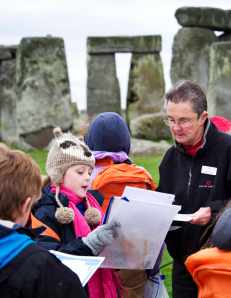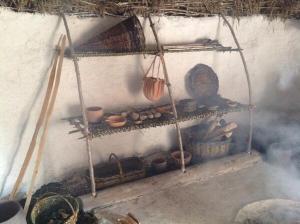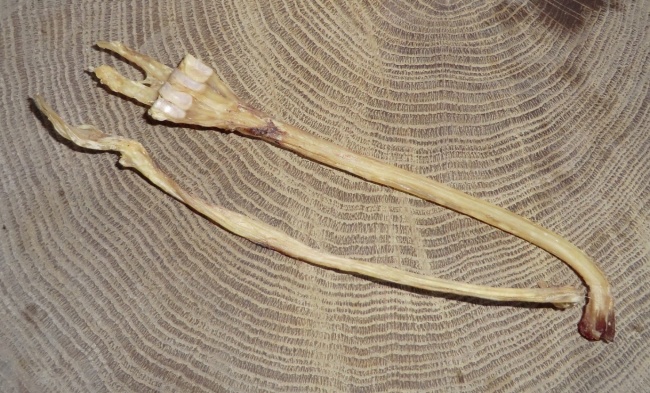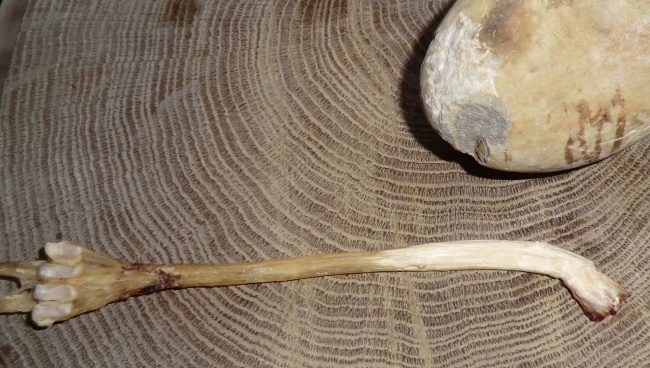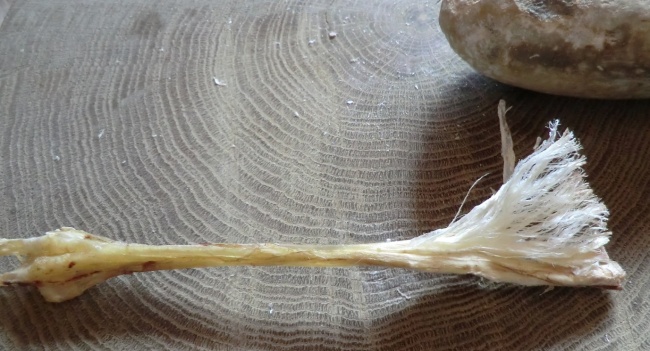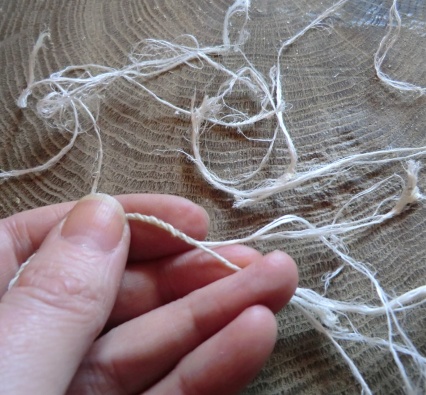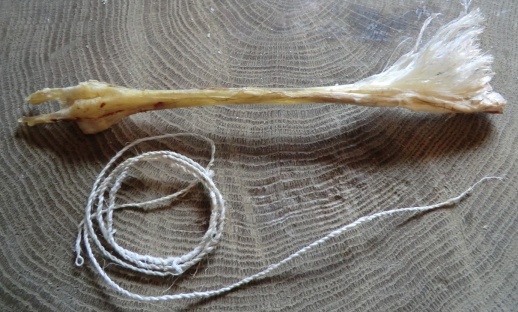Sonia is one of the Interpretation Volunteers in the Neolithic Houses and here she tells us about her experience.
I’ve been volunteering since 2006 both for the National Trust and for English Heritage, for English Heritage I mainly do education visits.
I am retired, but as busy as I ever was when working. I am a keen botanist and do plant surveys as a volunteer. I am improving my French via local classes. I enjoy walking which includes taking people for walks in the Stonehenge landscape. I am also a voluntary henge guide at Avebury.
I recently attended a training session which was all about the evidence basis for the Neolithic houses and how to show visitors the houses.
One of the most interesting things I learnt at the training session was the fact that there is so little evidence about daily life in the Neolithic – so that evidence has to be drawn from a wide range of places. It also shows how important the discoveries at Durrington Walls are. As well as being interesting, the training sessions in the Neolithic houses were great fun.
I was part of the Durrington Walls excavation so have known about the discoveries from the beginning. I have taken people to see the site, but it is only at the reconstructions that they come alive
Thanks Sonia, what would you say to others who are thinking about volunteering?
Go ahead, it is a great team to be part of, there’s lots of training and support. You can fit the volunteering round other commitments. It’s really fun and you learn a lot.
If you would like to find out about becoming a volunteer at Stonehenge, please visit the English Heritage website. There are lots of different opportunities avaialable – from running school visits, interpreting the houses and working in the exhibitions.

